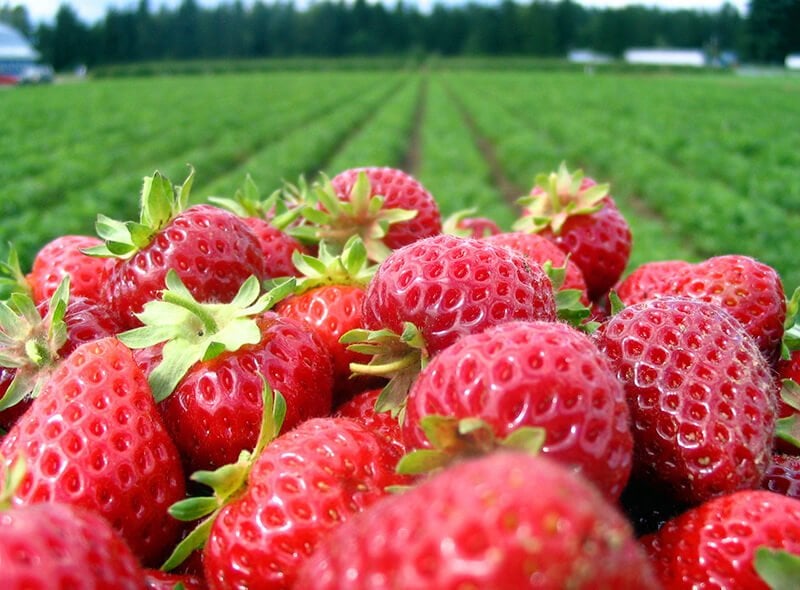Once upon a time, there was a land where food was not guaranteed everyday. Children were searching woods to pick up berries. When they were lucky they would find strawberries. The fruits were small but really tasty. Around the fire at night, they would hear legends about magical beans and giant plants.
Centuries later, for most, the reality is quite different …. [G]iant veggies and fruits are real and abundant. And you probably don’t even realize it because it is so normal.
Think about strawberries. Did you ever wonder why they are so giant? Is it just good genes and nutrition, mostly healthy plants that produce larger fruit?
Happy plants definitely helps, but the answer lies elsewhere: ploidy.
…
The ploidy is the number of sets of chromosomes in a cell …. [A] quarter of the plants on this planet are polyploid (>2 sets of chromosomes) including 30% of crops …. For example, polyploidy makes strawberry giant, banana seedless, cotton fibers more abundant and lily flowers larger and brighter.
…
Dana Robinson and colleagues from Cornell University studied the plant model Arabidopsis thaliana to quantify many cell components in chromosome-heavy plants. Their findings were published in The Plant Cell.
…
The researchers found that the cell area increases, but does not exactly double (~1.7x increase) when ploidy doubles. More importantly, the plant compensates for the increase in size by decreasing the number of cells.
Read full, original article: Up-Sizing: The Tale of The Polyploid Giants































